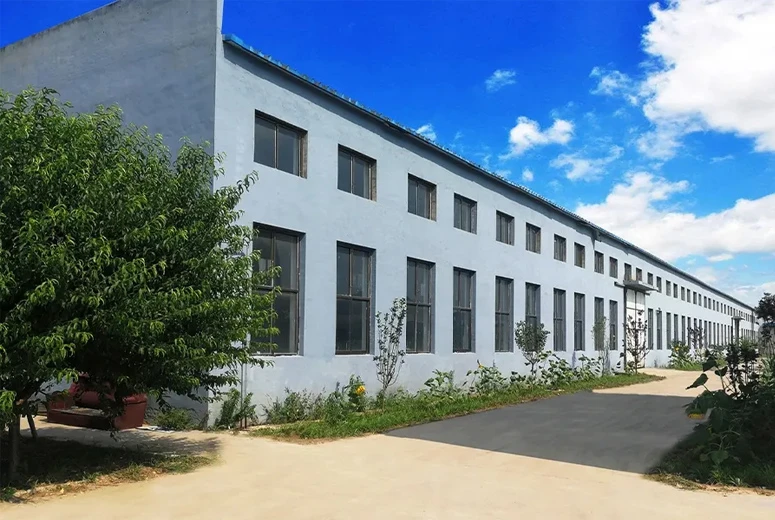12 月 . 03, 2024 18:24 Back to list
butterfly valve flange end
Understanding Butterfly Valve Flange Ends
Butterfly valves serve as essential components in fluid control systems across various industries, including water supply, wastewater treatment, and oil and gas. Their design facilitates quick and efficient operation, making them ideal for throttling and isolation applications. A significant aspect of butterfly valve design is the flange end configuration, which plays a crucial role in ensuring proper installation and functionality. In this article, we will delve into the importance and characteristics of butterfly valve flange ends, exploring their benefits and common applications.
What is a Butterfly Valve?
A butterfly valve consists of a circular disc or plate (the butterfly) that rotates around a central axis to control the flow of fluid through a pipe. When the valve is fully open, the disc is parallel to the flow, minimizing resistance. Conversely, when the valve is closed, the disc is perpendicular to the flow, effectively blocking it. The simplicity of the design allows for reliable performance with minimal pressure drops, making butterfly valves an efficient choice for various applications.
Flange Ends A Key Component
Flange ends are crucial regarding how butterfly valves connect to the piping system. A flange is a flat piece of metal that extends from the valve body, creating a surface for bolting the valve securely to the pipe. Flanged butterfly valves typically come in two configurations raised face and flat face, with the raised face design being more common due to its ability to provide a better sealing surface.
Advantages of Flanged Butterfly Valves
1. Ease of Installation Flanged butterfly valves are relatively easy to install due to their standardized sizes and shapes. The flanges allow for direct bolting to corresponding flanges on the pipe, significantly simplifying the installation process.
2. Robust Sealing Capabilities The use of gaskets between the flanges allows for an excellent sealing capability, preventing leaks and ensuring that the fluid remains contained within the piping system.
3. Versatile Fit Flanged ends come in various sizes and pressure ratings, making flanged butterfly valves versatile. This allows them to be used in diverse applications and across various piping standards, including ANSI, ASME, and DIN.
butterfly valve flange end

4. Compact Design Compared to other valve types, flanged butterfly valves have a compact design. This can benefit applications where space is constrained, allowing for effective fluid control without requiring extensive modifications to the piping layout.
5. Cost-Effective Solution The straightforward design and manufacturing process of butterfly valves, combined with their ease of installation, often translate to cost savings in both purchasing and installation.
Common Applications
Flanged butterfly valves are utilized in various applications due to their reliability and efficient fluid control. Some of the most common applications include
- Water Treatment Plants Managing the flow of water in treatment processes, including filtration and disinfection. - HVAC Systems Regulating airflow in heating, ventilation, and air conditioning systems to maintain efficiency and performance.
- Chemical Processing Controlling the flow of various chemicals in production lines while ensuring the integrity of the system against corrosive impacts.
- Mining Operations Managing slurry and other abrasive materials where robust and reliable valves are needed to withstand harsh conditions.
Conclusion
As we have explored, butterfly valves with flange ends are an indispensable component in fluid control systems across multiple industries. Their straightforward installation, excellent sealing capability, and compact design contribute to their popularity among engineers and technicians alike. Understanding their characteristics and advantages can help industries choose the right type of valve for their specific requirements, leading to enhanced efficiency and reliability in fluid management. When selecting a butterfly valve for your application, consider the flange end specifications to ensure a perfect fit and optimal performance within your piping system.
Share
-
Understanding the Differences Between Wafer Type Butterfly Valve and Lugged Butterfly ValveNewsOct.25,2024
-
The Efficiency of Wafer Type Butterfly Valve and Lugged Butterfly ValveNewsOct.25,2024
-
The Ultimate Guide to Industrial Swing Check Valve: Performance, Installation, and MaintenanceNewsOct.25,2024
-
Superior Performance with Industrial Swing Check Valve: The Essential Valve for Any SystemNewsOct.25,2024
-
Industrial Swing Check Valve: The Ideal Solution for Flow ControlNewsOct.25,2024
-
You Need to Know About Industrial Swing Check Valve: Functionality, Scope, and PerformanceNewsOct.25,2024